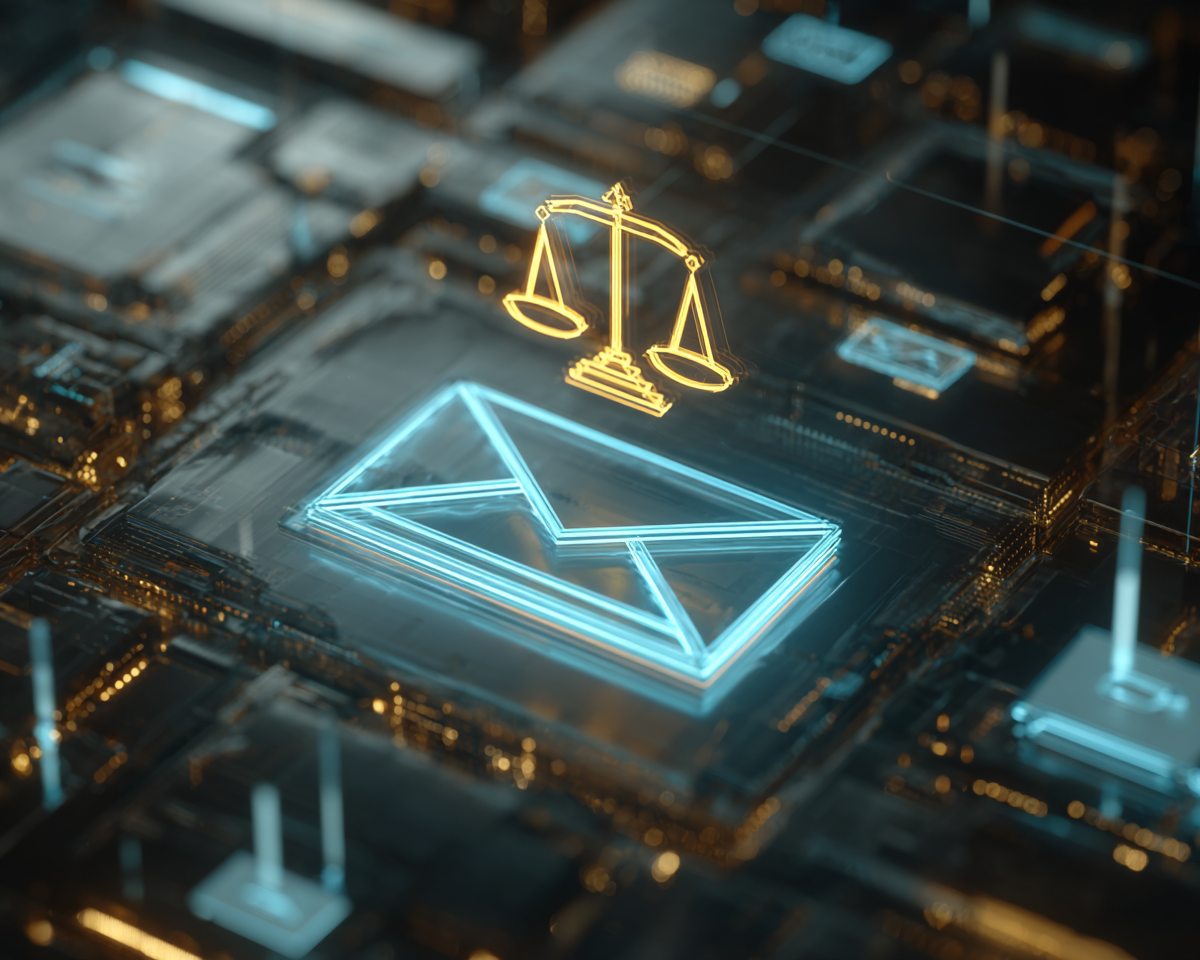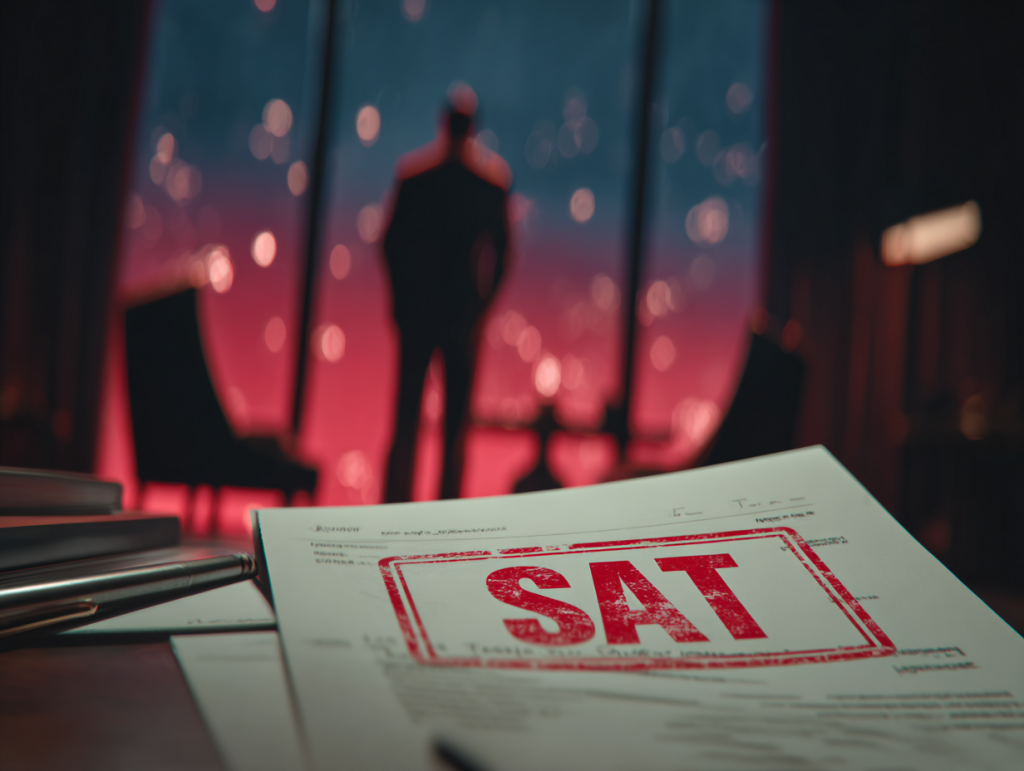
One of the main challenges within a company is the lack of visibility by senior management and administration on the faults and non-compliance with internal regulations by employees, managers, managers and other members of the organization.
In order for the organization to clearly identify which rules and regulations have been broken and who is responsible, it is essential to establish a corporate compliance system that includes a whistleblowing channel, a mechanism that allows anyone within the company to report irregularities in a confidential and secure manner.
The implementation of this channel provides the company with an accurate view of internal non-compliance, facilitating decision making for its prompt resolution and the assignment of responsibilities, as well as helping to prevent non-compliance with internal rules from escalating into major problems, such as legal disputes or organizational crises that could compromise the company's stability and reputation.
A whistleblower channel in corporate compliance policies is a sophisticated corporate mechanism, designed not only for the benefit of employees and senior management, but also for suppliers, customers and other individuals or legal entities that maintain labor or business relations with the entity.
In this sense, the essential purpose of "whistleblowing" is to articulate and make feasible, with absolute care and diligence, the formulation of any communication inherent to the legal and regulatory risk prevention model, as well as the notification of infractions occurring within the business activity. These communications may concern risk situations, improper conduct, irregular or allegedly unlawful practices and any violation of the compliance provisions and the code of conduct of the business organization.
It is important to mention that a whistle-blowing channel does not refer exclusively to the channel enabled for sending communications, but also to the set of protocols that govern its management, processing and incorporation into the compliance system, since, through this channel, the organization acquires the power to internally address the problems detected, quickly gathering information from those closest to the source of the conflict, who, due to their proximity, have the ability to clarify and remedy it promptly.
Establishing a whistleblower channel can be somewhat complicated for a company due to the lack of familiarity that exists in the Mexican organizational sector, but I am certain that this strategy optimizes risk mitigation in a company and, in the event that the internal procedure proves ineffective, it provides the entity with an exhaustive record of the investigation, thus consolidating the traceability of processes and responsibilities that will strengthen its defense before the Courts.
Now, is the whistleblowing channel comparable to a complaints box? Although they may seem similar, the truth is that "whistleblowing" is an entirely different figure from a complaints box, because while complaints and suggestions are aimed at optimizing a service, the whistleblowing channel has a broader and more far-reaching mission, i.e. its purpose is not merely the detection of non-compliance, but its thorough investigation and, where appropriate, the imposition of disciplinary sanctions on the offender.
Consequently, implementing a whistleblower channel system through a strong corporate compliance program has the following advantages:
For employees, it provides a safe and anonymous means to raise concerns and report irregularities or non-compliance, whether by colleagues or superiors, without being exposed to reprisals or stigmatization.
2.- For the company, it acts as an internal supervision tool, providing valuable information on potential sources of risk and constituting a determining factor in the prioritization and monitoring of business risks.
3.- In the compliance area, it serves as an indicator of the effectiveness of the risk prevention model.
From the perspective of continuous improvement, it allows the collection of substantive evidence, facilitating the analysis of complaints and the generation of statistics on the most recurrent breaches, the most vulnerable departments, the emergence of new threats and the need to reconfigure the corporate risk map.
5.- In the area of corporate social responsibility, it favors transparency and trust between the company and its stakeholders, promoting the dissemination of reports on the complaints received and the measures adopted.
With this, the whistleblower channel is definitely a cornerstone in the compliance architecture, providing the organization with an early risk detection system and consolidating its commitment to business ethics and legal responsibility.



